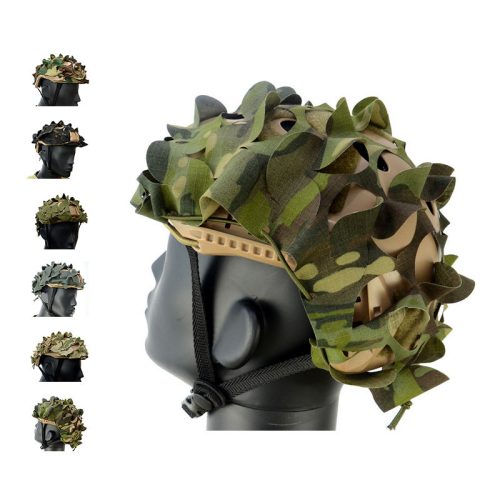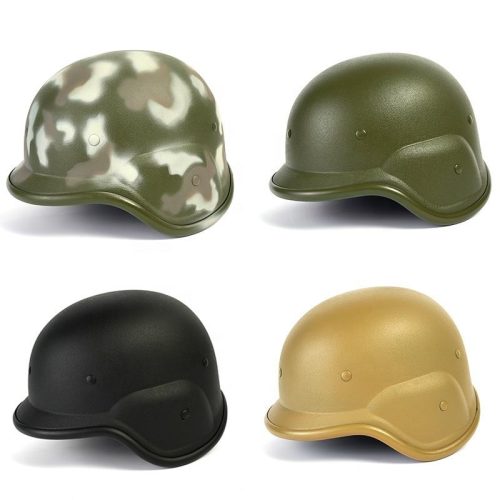Proper helmet care is essential to ensure your helmet remains in top shape and continues to provide the best possible protection. Regular maintenance and careful handling can extend the life of your helmet and keep it functioning effectively. Here are some tips for helmet care:
- Inspect Your Helmet Regularly:
- Routinely check your helmet for signs of damage, including cracks, dents, or other structural issues. If you notice any damage, replace the helmet immediately.
- Clean Your Helmet:
- Helmets can become dirty from sweat, dust, and other environmental factors. To clean it, use a mild soap and warm water, and gently wipe the exterior with a soft cloth or sponge. Avoid using abrasive or harsh chemicals, as they can damage the helmet’s materials.
- Remove Padding and Straps for Cleaning:
- Some helmets have removable padding and straps. Check the manufacturer’s instructions for your specific helmet model and remove these components for thorough cleaning. Hand wash the padding and straps with mild soap and water, and allow them to air dry completely.
- Air Dry After Use:
- After a ride, allow your helmet to air dry naturally. Avoid exposing it to direct sunlight or excessive heat, as prolonged heat exposure can deteriorate the materials and adhesives.
- Avoid Impact and Sharp Objects:
- Handle your helmet with care and avoid dropping it or subjecting it to rough handling. Additionally, keep it away from sharp or pointed objects that can cause damage.
- Stickers and Paint: Be cautious when applying stickers or painting your helmet, as some adhesives and paints can weaken the helmet’s structure or cause it to deteriorate. If you choose to decorate your helmet, use only materials that are helmet-safe and do not compromise the integrity of the helmet.
- Store It Properly:
- When not in use, store your helmet in a cool, dry place away from direct sunlight and extreme temperatures. Use a helmet bag or protective cover, if available, to prevent scratches and damage.
- Avoid Extreme Temperatures: Do not leave your helmet in a car on hot or cold days, as extreme temperatures can affect the helmet’s materials.
- Replace When Necessary:
- Helmets have a limited lifespan and should be replaced every 3-5 years, depending on the manufacturer’s recommendations. Additionally, if your helmet has been involved in a significant impact or crash, it should be replaced, even if there are no visible signs of damage.
- Inspect the Chin Strap and Buckle: Regularly check the chin strap and buckle for wear and proper functionality. Ensure the strap can be securely fastened and that the buckle engages correctly.
- Follow Manufacturer’s Instructions: Always adhere to the manufacturer’s guidelines for care and maintenance specific to your helmet model.
- Use Only Approved Accessories: If your helmet has accessories like visors or mounts for cameras and lights, use only those approved by the helmet manufacturer. Adding unauthorized accessories can compromise the helmet’s safety features.
Taking care of your helmet not only ensures its longevity but also maintains its effectiveness in protecting your head. Always prioritize safety and adhere to recommended guidelines for cleaning, maintenance, and replacement to keep your helmet in top shape.


